A Hotel with a Troglodyte Feel
The Shiroiya Hotel was renovated by architect Sou Fujimoto with a new, curved structure covered in plants.
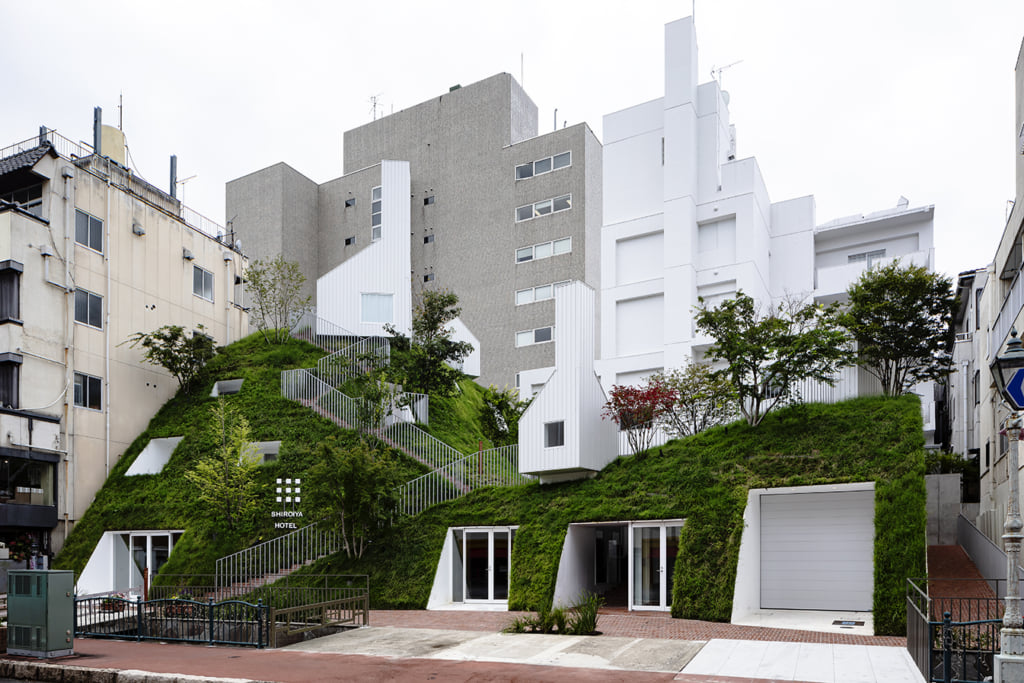
© Shinya Kigure
Located in the city of Maebashi, Gunma prefecture, two hours north of Tokyo, Shiroiya Hotel was renovated by architect Sou Fujimoto. The artist, particularly known for the Arbre blanc in Montpellier, was selected in 2014 by the Tanaka Hitoshi Foundation, which was managing the project, to redesign this building, a 300-year-old former ryokan that had been closed since 2008 and threatened with demolition.
An echo of the city’s hills
Sou Fujimoto planned this rebirth in two stages. First, he drew on the existing structure, Heritage Tower, a rough concrete building covering an area of 1744 m2 that houses 17 rooms and opens onto an airy atrium. He then created the Green Tower from scratch, adjacent to the former ryokan. This 820-m2 curved building contains eight rooms and was designed to resemble a miniaturisation of the hills lining the river that runs through the city, being entirely covered in plants. With its green walls and large glass windows here and there, the architect’s creation is reminiscent of the aesthetic seen in troglodyte buildings.
When designing the rooms and certain pieces of furniture, Sou Fujimoto called upon international architects and designers like Jasper Morrison from England and Michele de Lucchi from Italy. Art also occupies a prominent position in this hotel, which opened its doors to the public on 12 December 2020: works of art are displayed in the lobby, and also in each of the hotel rooms. This trend of combining holidaying and art is becoming increasingly common in Japan, as evidenced by Node Hotel in Kyoto and the BnA in Tokyo.
More information about Shiroiya Hotel can be found on its website and on architect Sou Fujimoto’s website.
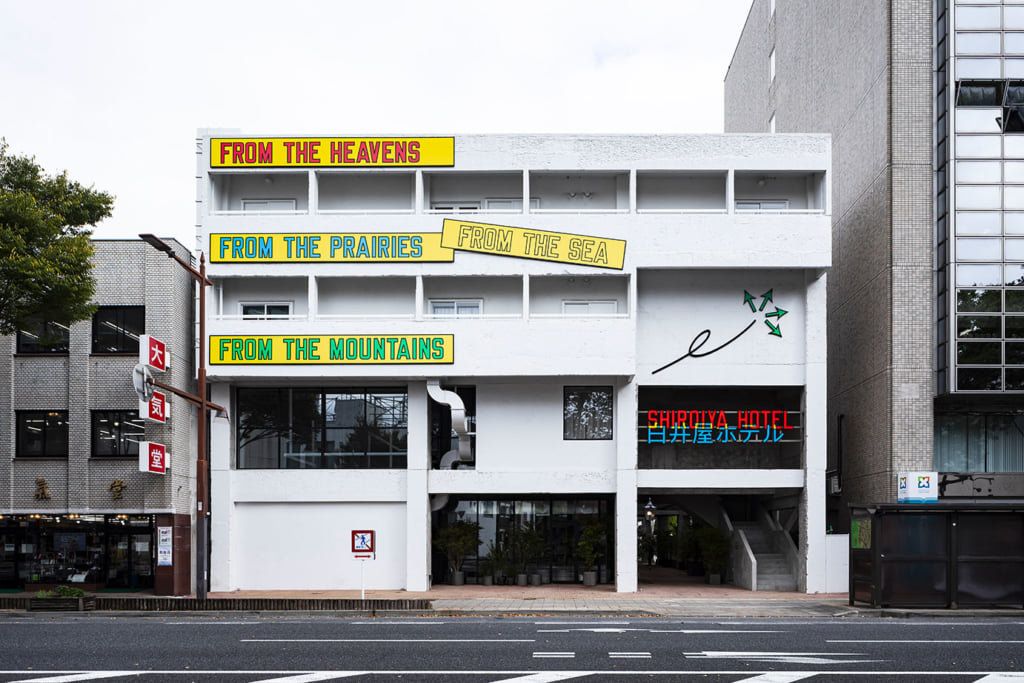
© Shinya Kigure
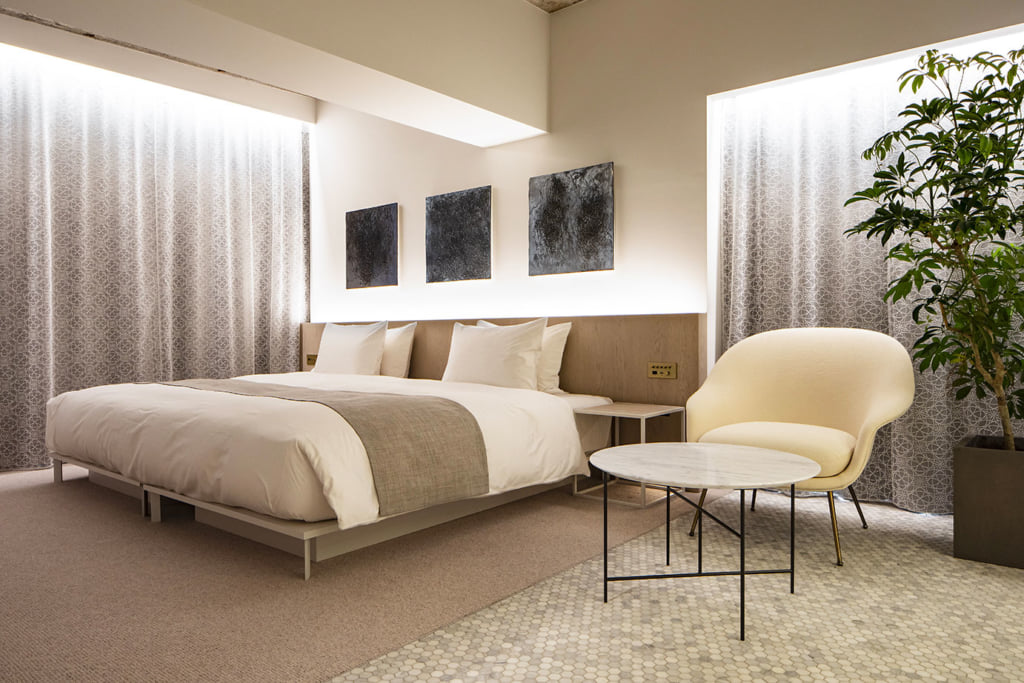
© Shinya Kigure
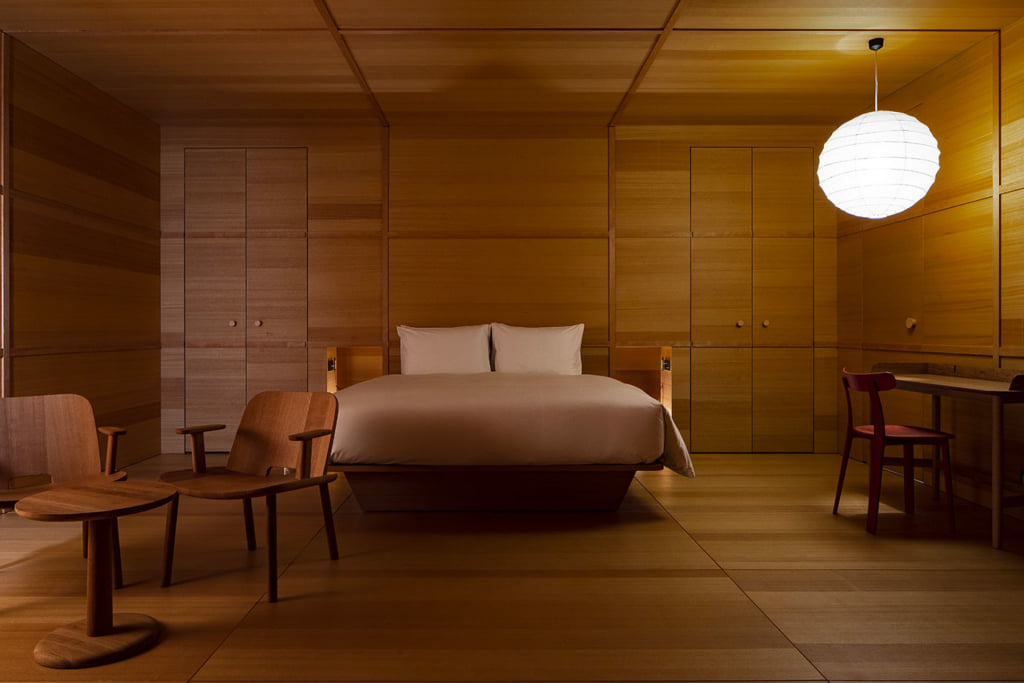
© Shinya Kigure
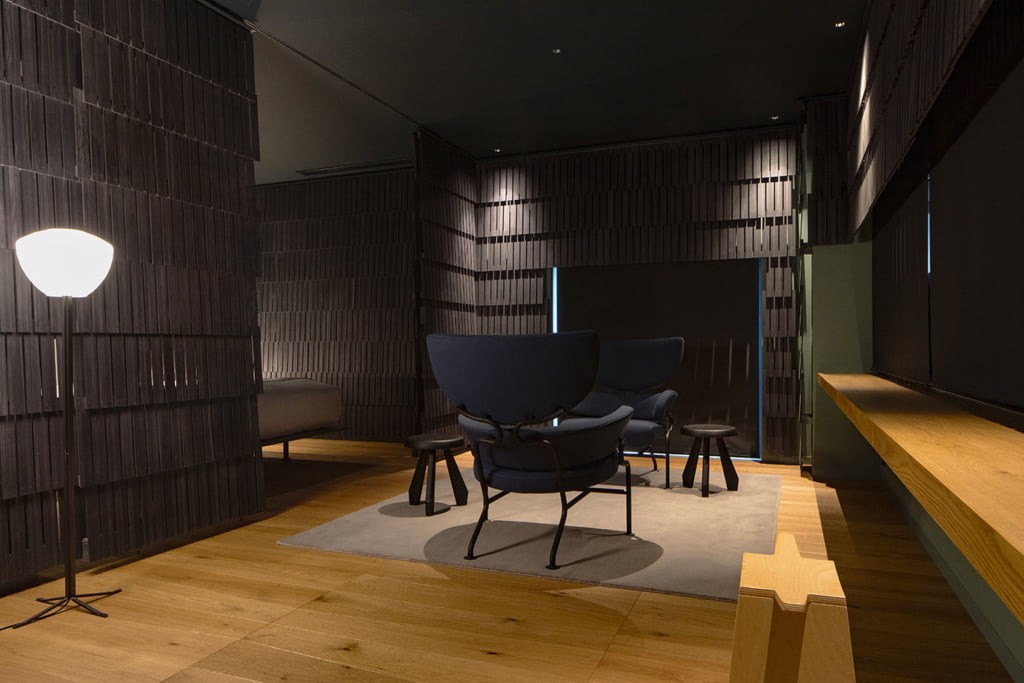
© Shinya Kigure
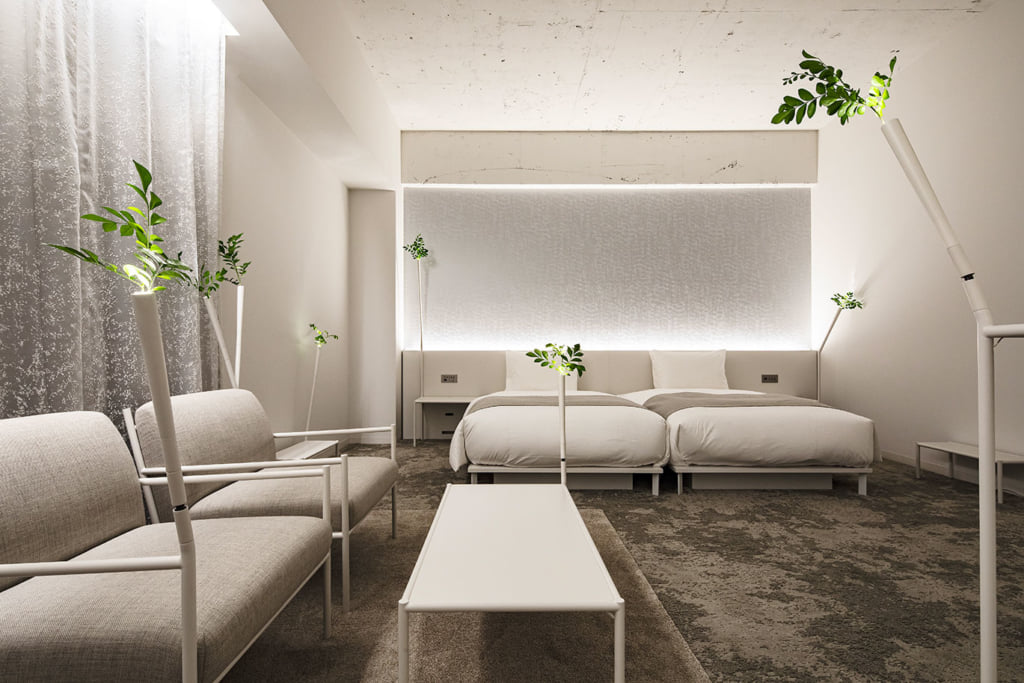
© Shinya Kigure
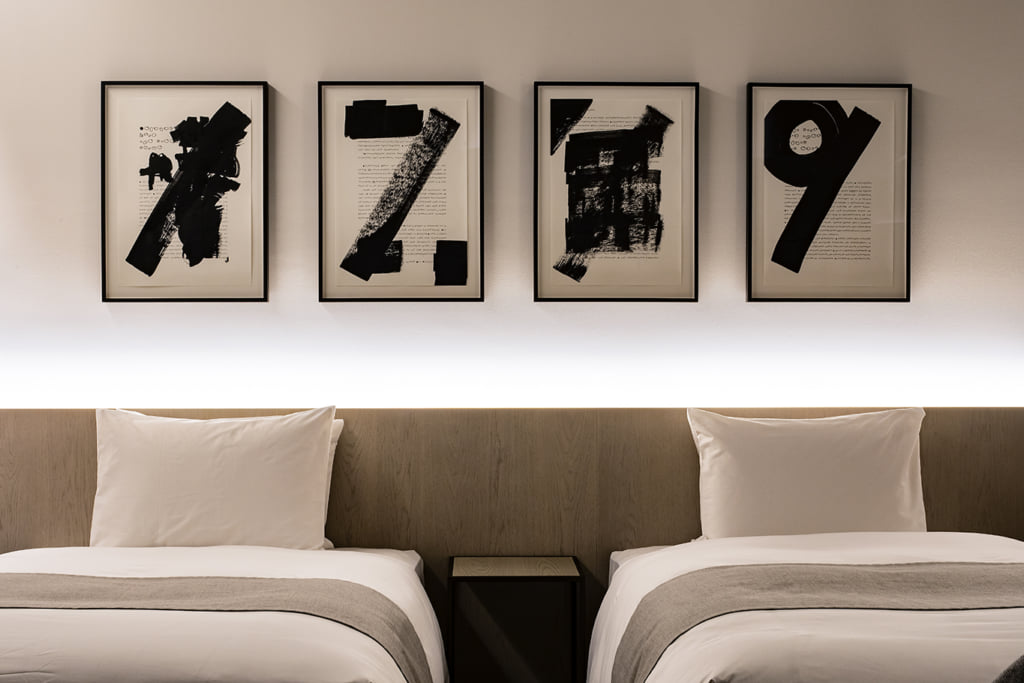
© Shinya Kigure
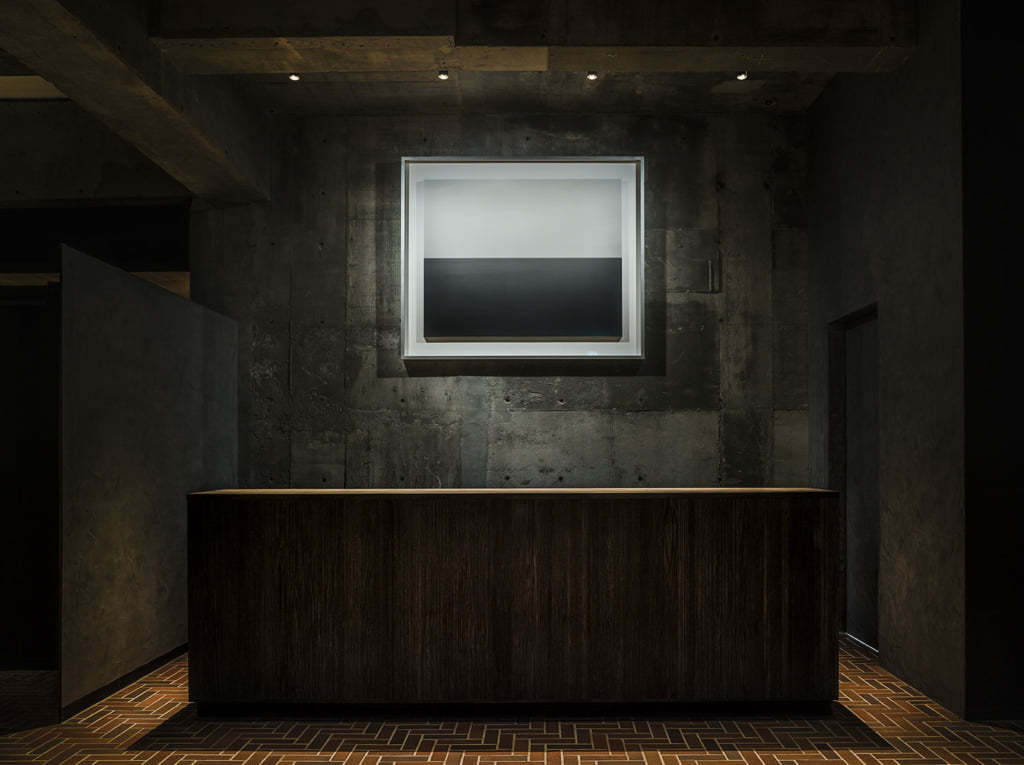
© Shinya Kigure
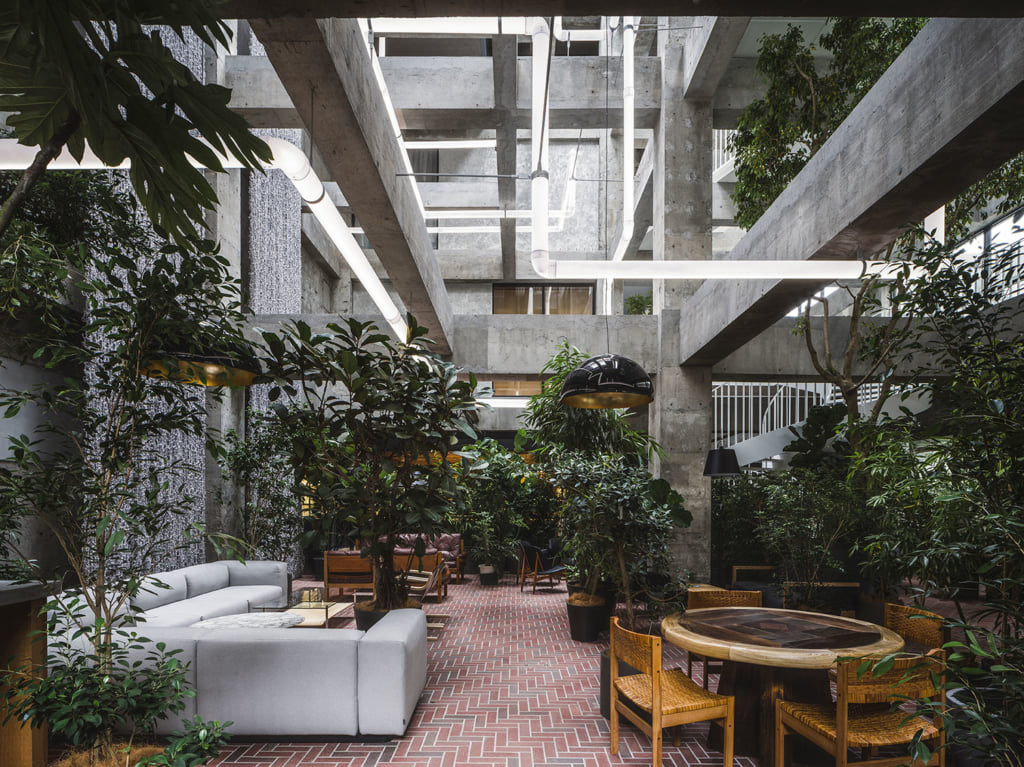
© Shinya Kigure
TRENDING
-
A House from the Taisho Era Reveals Its Secrets
While visiting an abandoned building, Hamish Campbell discovered photographs the owner had taken of the place in the 1920s.

-
The Taboo-Breaking Erotica of Toshio Saeki
The master of the 1970s Japanese avant-garde reimagined his most iconic artworks for a limited box set with silkscreen artist Fumie Taniyama.

-
With Meisa Fujishiro, Tokyo's Nudes Stand Tall
In the series 'Sketches of Tokyo', the photographer revisits the genre by bringing it face to face with the capital's architecture.

-
Masahisa Fukase's Family Portraits
In his series ‘Family’, the photographer compiles surprising photos in which he questions death, the inescapable.

-
Hajime Sorayama's Futuristic Eroticism
The illustrator is the pioneer for a form of hyperrealism that combines sensuality and technology and depicts sexualised robots.





